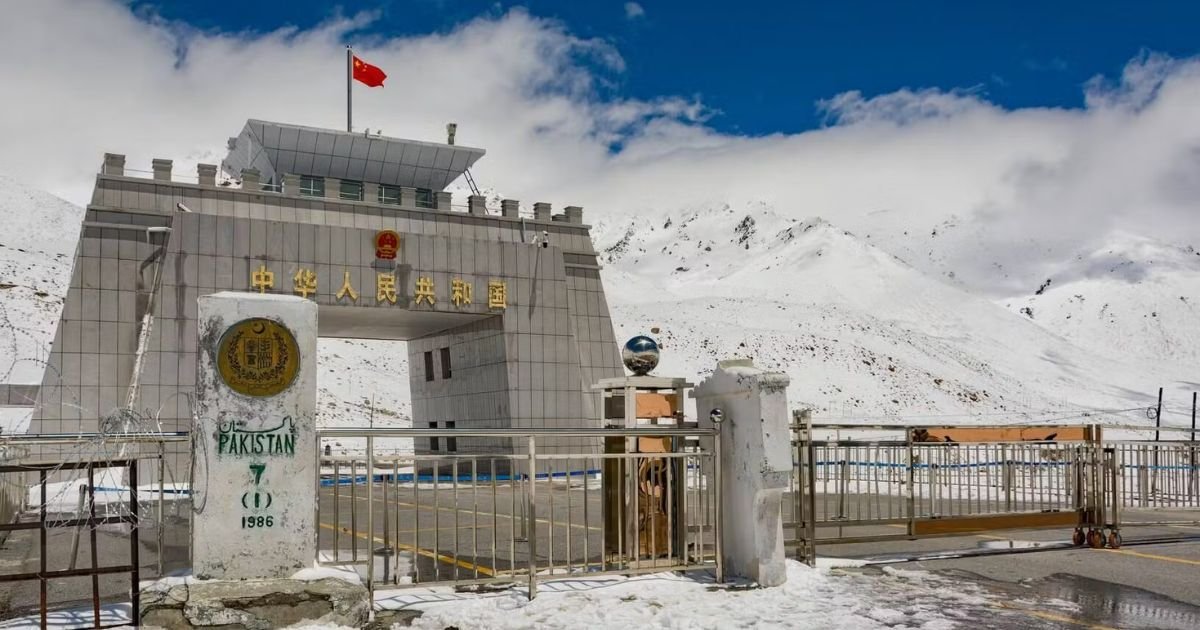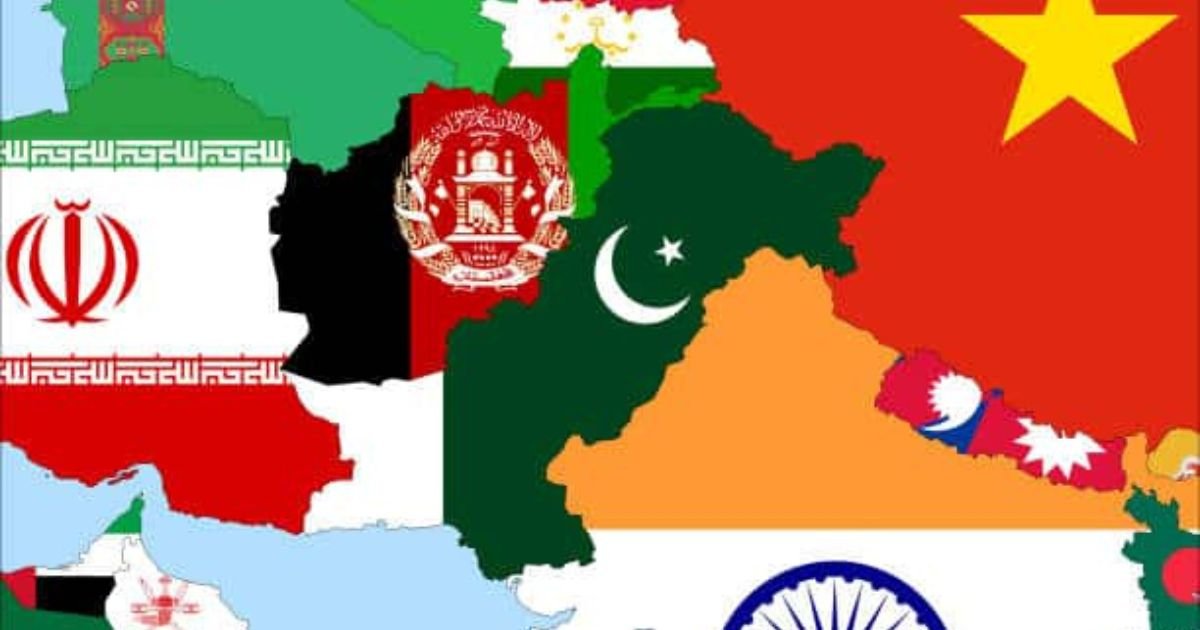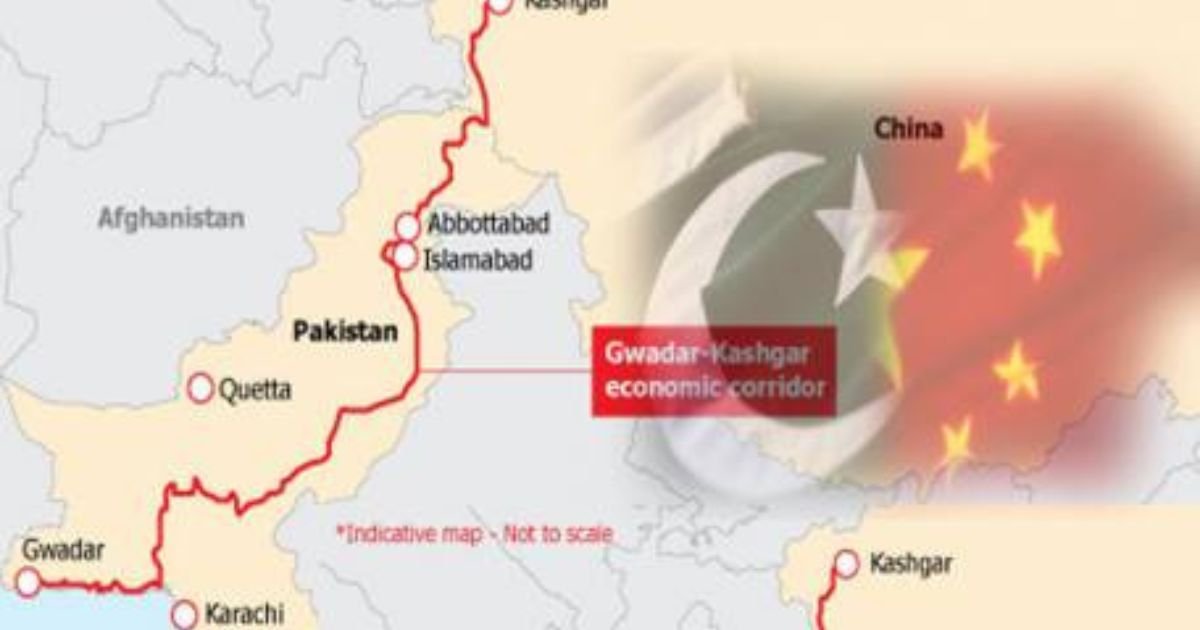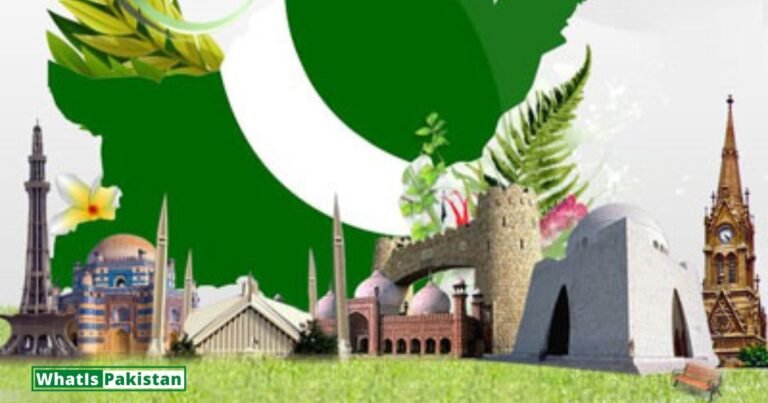importance of geographical location of pakistan 2023

Geographical location plays a significant role in shaping the destiny of nations. For Pakistan, a country located at the crossroads of South Asia, Central Asia, and the Middle East, its geographical position holds immense importance.
This article explores the strategic, economic, and geopolitical significance of Pakistan’s geographical location, highlighting the various opportunities and challenges it presents.
Pakistan, with its diverse landscapes ranging from mountains to plains, is situated in a crucial geopolitical position.
This location has influenced its history, politics, and economy, making it a focal point for regional and global affairs. Let us delve deeper into the significance of Pakistan’s geographical location.
Importance of Geographical Location

Strategic Location
Pakistan’s strategic location provides it with a unique advantage. Situated between the Middle East and Central Asia, it serves as a gateway for trade and connectivity between these regions. The country’s proximity to major sea lanes, such as the Arabian Sea and the Indian Ocean, makes it an essential player in global maritime trade.
Natural Resources
Pakistan’s geographical location has endowed it with diverse natural resources. From fertile plains to mineral-rich mountains, the country boasts a wide range of resources, including coal, natural gas, copper, and precious minerals. These resources hold immense potential for economic development and attracting foreign investment.
Trade and Connectivity
As a bridge between different regions, Pakistan serves as a vital trade corridor. It shares borders with several countries, including China, India, Afghanistan, and Iran. This proximity creates opportunities for trade and cooperation, fostering economic growth and regional integration.
Borders and Neighboring Countries

China
Pakistan shares a border with China, its northern neighbor. The China-Pakistan Economic Corridor (CPEC) is a flagship project that strengthens the economic ties between the two countries. It not only promotes trade but also enhances connectivity and infrastructure development.
India
The border between Pakistan and India is a complex and sensitive issue. The geographical proximity has led to both cooperation and conflict between the two nations. Resolving these disputes and fostering peaceful relations is crucial for stability and progress in the region.
Afghanistan
Pakistan’s western border connects it to Afghanistan. The shared border has historical, cultural, and economic implications. Stability in Afghanistan is vital for Pakistan’s security and regional peace. Efforts to promote peace and stability in Afghanistan are closely linked to Pakistan’s own stability.
Iran
Pakistan’s southwestern border connects it to Iran. This proximity opens avenues for economic cooperation and trade. Joint initiatives between the two countries, such as the Iran-Pakistan gas pipeline project, have the potential to enhance energy security and economic ties.
Geostrategic Significance

Security and Defense
Pakistan’s geographical location has significant implications for its security and defense strategies. It faces various security challenges, including cross-border terrorism and regional conflicts. Pakistan’s positioning allows it to play a crucial role in regional security initiatives and forge alliances with other countries.
Regional Influence
Due to its strategic location, Pakistan wields influence in the region. It has played a key role in mediating disputes, fostering regional cooperation, and maintaining stability. Pakistan’s active participation in forums like the South Asian Association for Regional Cooperation (SAARC
Geostrategic Significance (Continued)
Economic Opportunities
Pakistan’s geographical location presents numerous economic opportunities. It serves as a vital transit route for trade, connecting the landlocked countries of Central Asia to seaports. The development of transportation infrastructure, such as roads, railways, and ports, enhances regional connectivity and trade, contributing to economic growth.
Challenges and Opportunities
Climate and Environment
Pakistan’s geographical location exposes it to various climate and environmental challenges. The country experiences diverse weather patterns, ranging from arid regions to high-altitude mountains. These variations pose challenges for agriculture, water management, and disaster resilience. However, they also present opportunities for developing renewable energy sources and promoting ecotourism.
Water Resources
Pakistan heavily relies on its river systems for agriculture and power generation. The geographical location of water sources, such as the Indus River, is of utmost importance for the country’s water security. Effective management of water resources, including storage and distribution, is crucial for sustainable development and food security.
Infrastructure Development
Pakistan’s strategic location necessitates the development of robust infrastructure to facilitate trade and connectivity. The construction of modern transportation networks, including roads, railways, and ports, is essential for maximizing the benefits of its geographical position. Such infrastructure projects also create employment opportunities and spur economic growth.
FAQs
Pakistan’s geographical location is strategically important due to its position as a gateway between regions, natural resources, and trade routes.
The China-Pakistan Economic Corridor (CPEC) promotes economic cooperation, trade, and infrastructure development, bolstering Pakistan’s economy.
Stability in Afghanistan is directly linked to Pakistan’s security and regional peace. Ensuring peace in Afghanistan is vital for stability in Pakistan.
Pakistan faces climate variations and environmental challenges, impacting agriculture, water management, and disaster resilience. However, they also offer opportunities for renewable energy and ecotourism.
The development of robust infrastructure, including transportation networks, enhances connectivity, trade, and economic growth in Pakistan.
Conclusion
In conclusion, the geographical location of Pakistan holds immense importance for the country’s strategic, economic, and geopolitical standing. Its position as a crossroads between South Asia, Central Asia, and the Middle East offers numerous advantages, including trade opportunities, access to natural resources, and regional influence. However, it also comes with challenges such as security threats, climate vulnerabilities, and the need for infrastructure development. By effectively harnessing its geographical location, Pakistan can pave the way for progress, stability, and prosperity in the region.


